Table of Contents
Maybe you've seen the photos online: an elderly woman, eyes sharp, hand tapping ink into skin with a pomelo thorn. That's Apo Whang Od, the last *mambabatok* of her generation, keeping an ancient Filipino art form alive high in the mountains of Kalinga. People travel from across the globe, making a pilgrimage to her village, Buscalan, not just for a tattoo, but for a piece of living history. They seek specific whang od tattoo designs, symbols etched into skin for centuries, each carrying weight and meaning beyond mere decoration. But what do these intricate patterns truly represent? What's the story behind the serpent, the centipede, or the simple dots? This article cuts through the noise to explore the history, the artistry, and the deep cultural significance woven into each line of these traditional markings. We'll guide you through the process, the journey to Buscalan, and help you understand the powerful narratives embedded within whang od tattoo designs.
Meet Apo Whang Od: Legend of the Kalinga Tattoo
Meet Apo Whang Od: Legend of the Kalinga Tattoo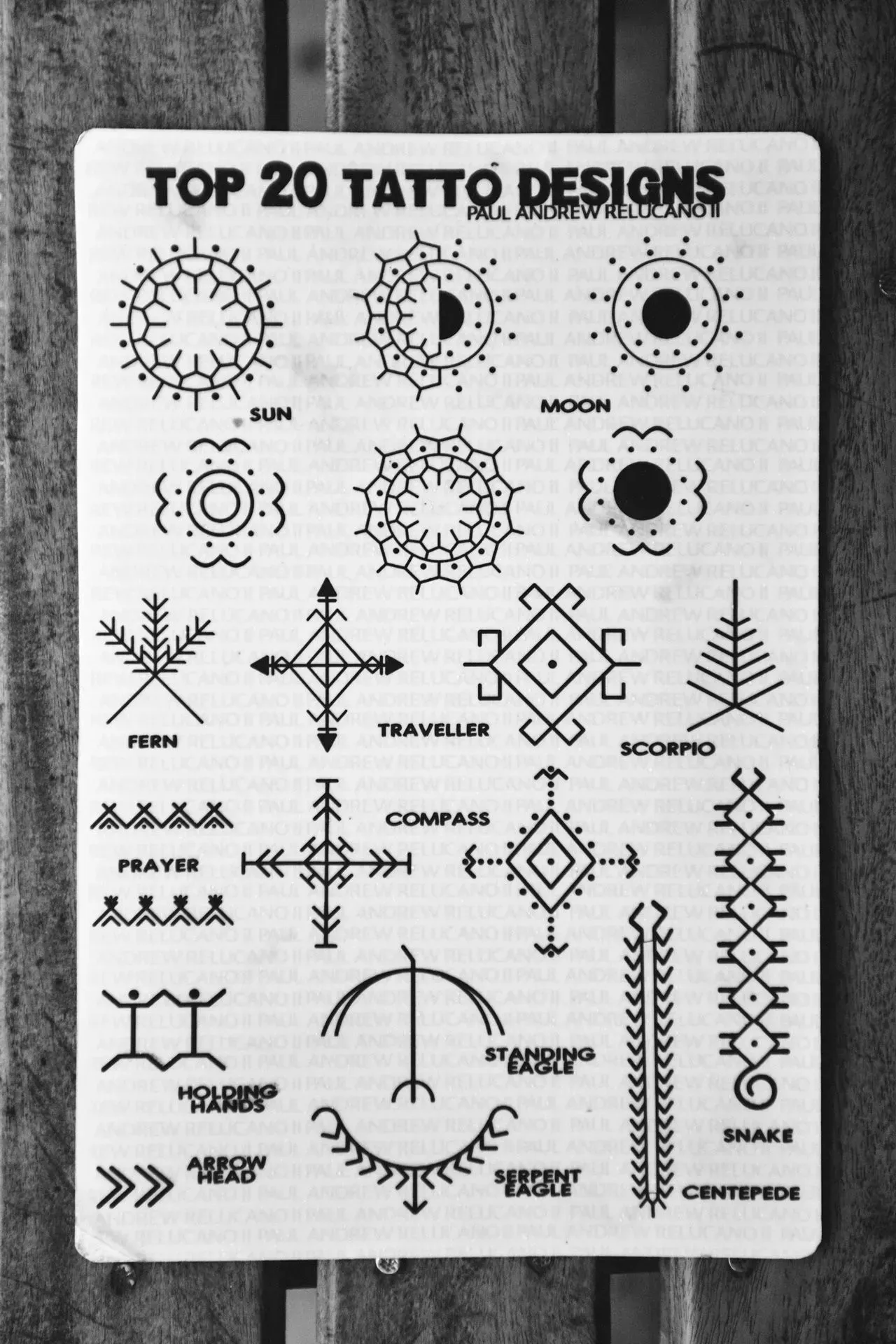
Alright, so you’ve heard the name, Apo Whang Od. She’s not just some tattoo artist; she’s a living legend, nestled high in the mountains of Buscalan, Kalinga. Imagine being over 100 years old and still practicing an art form that's fading away everywhere else. That’s Apo Whang Od. She’s the last true *mambabatok* of her generation, meaning she carries the knowledge of traditional Kalinga tattooing, passed down through a lineage that spans centuries. Meeting her, or even just getting a tattoo from her, feels less like a transaction and more like connecting with a piece of history. People undertake quite the trek – buses, jeepneys, and a hike – just for the chance to sit with her and receive a mark from her hand. It’s a pilgrimage, really, driven by respect for her artistry and the cultural weight she carries.
The Ancient Art of Batok: Whang Od's Tattooing Process
The Ancient Art of Batok: Whang Od's Tattooing Process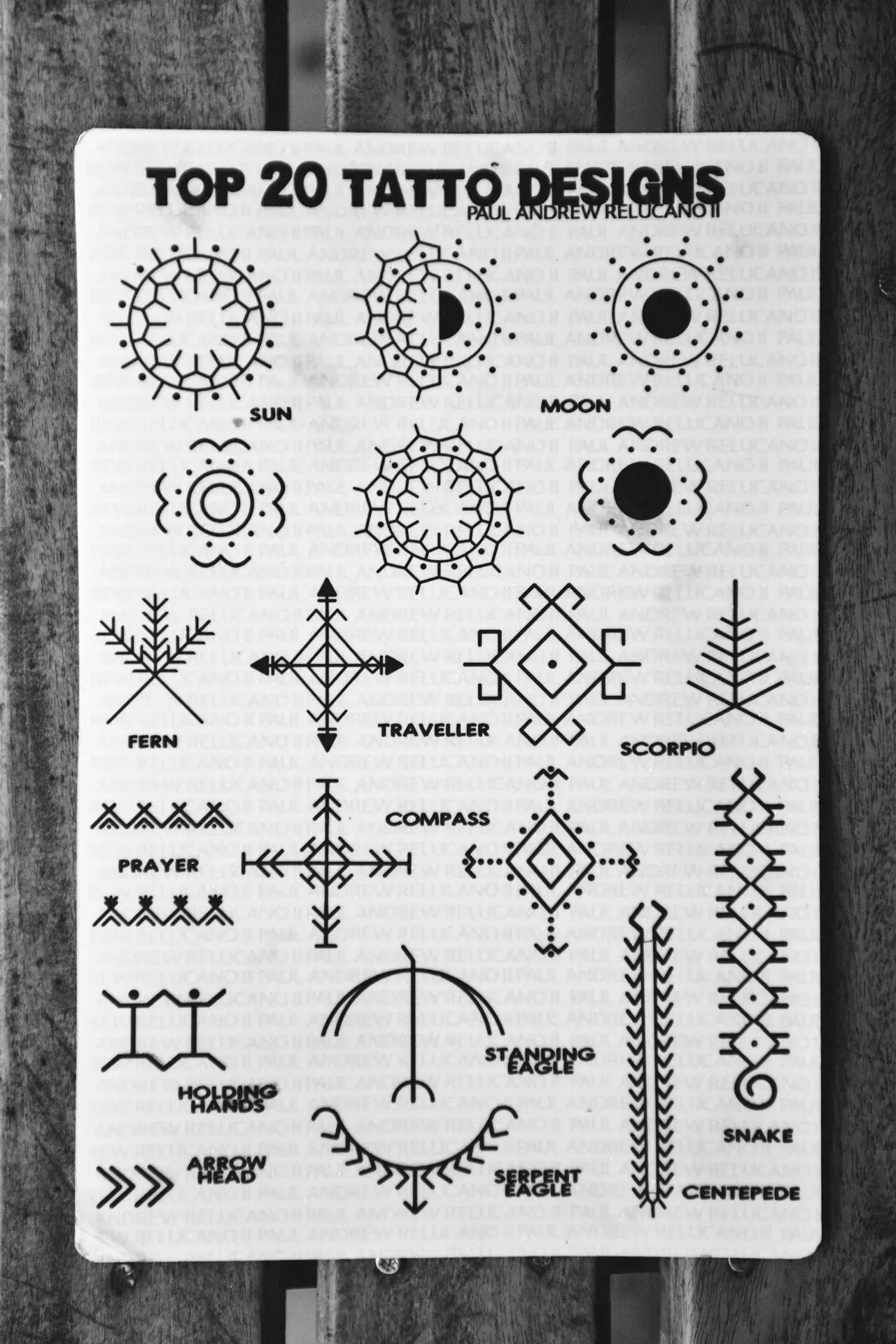
Forget your buzzing tattoo machines. The ancient art of *batok*, as practiced by Apo Whang Od, is a whole different beast. It’s a rhythmic, deliberate process that hasn't changed for hundreds of years. She uses a simple setup: a bamboo stick (the *patik*), a sharpened pomelo thorn attached to the end, and ink made from soot mixed with water. The thorn dips into the ink, and then she taps the bamboo stick with another piece of wood (*pagpatik*), driving the thorn and the ink into the skin, dot by dot. It's slow, it's manual, and yeah, it probably stings a bit more than your standard coil machine. But it's also deeply personal, a direct connection to the earth and the traditions of her ancestors. It’s not just about getting a design; it’s about the method itself, the sound of the tapping echoing through the village.
- Bamboo stick (*patik*)
- Sharpened pomelo thorn
- Ink (soot and water mix)
- Tapping stick (*pagpatik*)
Decoding Whang Od Tattoo Designs: Symbols and Their Stories
Decoding Whang Od Tattoo Designs: Symbols and Their Stories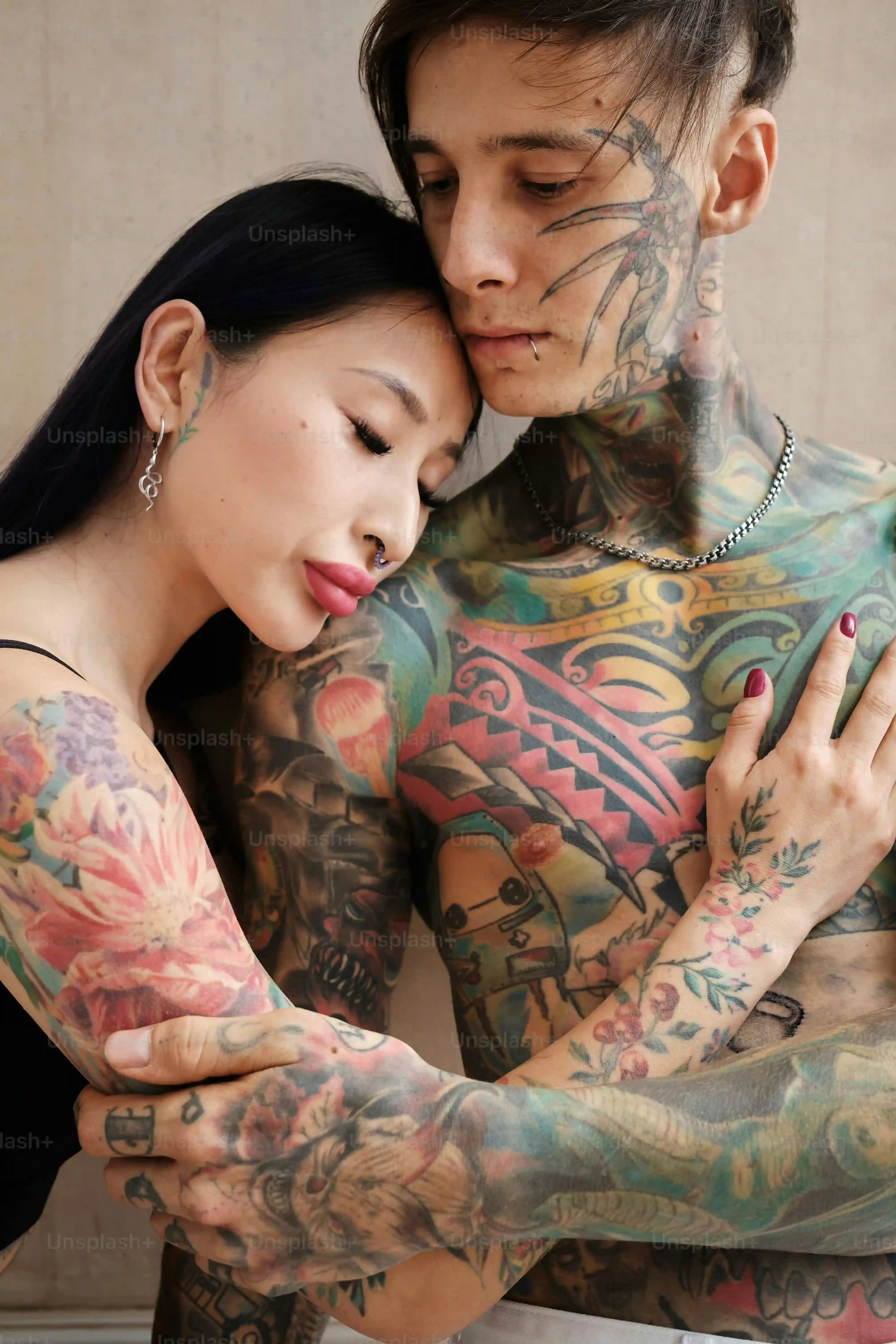
More Than Just Ink: The Language of Kalinga Symbols
so you've seen the pictures, maybe even the videos of Apo Whang Od at work. The designs look cool, right? But these aren't just random cool patterns. Every single line, dot, and shape in traditional whang od tattoo designs tells a story. Think of it like a language written on the skin. For centuries, these symbols weren't just decoration; they were markers of identity, status, achievements, and even spiritual beliefs. Warriors would get specific marks for bravery, women for beauty or fertility. Certain designs offered protection or guidance on journeys. Understanding these symbols is key to appreciating the depth of this art form. It's like looking at ancient script – initially just lines, but once you know the code, a whole world opens up.
Reading the Skin: Common Whang Od Tattoo Designs and Meanings
Dive into the specifics of whang od tattoo designs, and you find a rich vocabulary. The serpent (*alagao*) often represents protection or guidance, especially for travelers. The centipede (*gayaman*) is another powerful symbol, associated with protection and good fortune, its many legs signifying a strong foundation. The ladder-like design (*tiniktik*) can symbolize ascent or progress in life. Even the simple dots and lines have meaning, often representing stars, paths, or connections. While some designs were historically tied to specific achievements (like headhunting, though that's long in the past), others are more universal, reflecting connections to nature and the spirit world. When people visit Buscalan today, they often choose designs based on these traditional meanings, selecting a symbol that resonates with their own life or journey.
- **Gayaman (Centipede):** Protection, good fortune, strong foundation.
- **Alagao (Serpent):** Guidance, protection, especially for travelers.
- **Tiniktik (Ladder):** Ascent, progress, steps in life's journey.
- **Fern:** Fertility, growth.
- **Mountains/Rice Paddies:** Connection to the land, sustenance.
Popular Kalinga Designs: Choosing Your Whang Od Tattoo
Popular Kalinga Designs: Choosing Your Whang Od Tattoo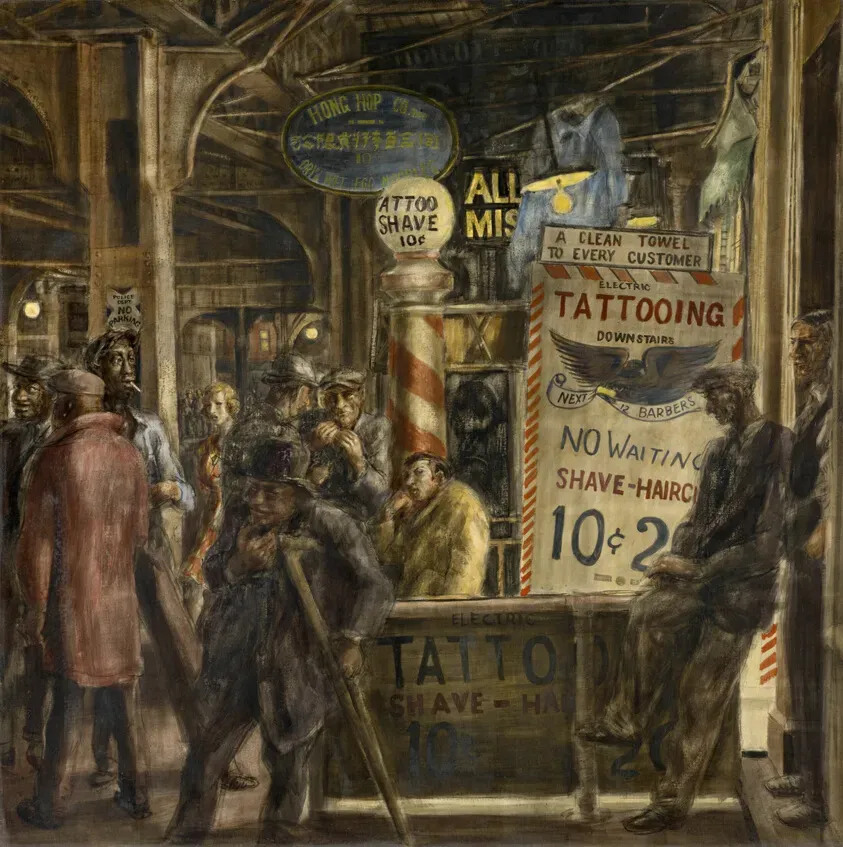
Navigating the Options: What Visitors Usually Pick
So, you've made the trek, you're in Buscalan, and now comes the moment of truth: picking your design. It's not like walking into a modern shop with flash sheets covering the walls. Apo Whang Od and the younger artists in the village work from a book or simply show you common patterns. The most popular whang od tattoo designs you'll see etched onto visitors are often the simpler, classic ones. The centipede (gayaman) is a big hit – everyone wants that protection vibe, I guess. The serpent (alagao) is another frequent request, perhaps for its association with travel and guidance, which makes sense given the journey people make to get there. You also see a lot of ferns, mountains, and simple geometric patterns. These aren't just cool shapes; they're tied to the land, to nature, to the very fabric of Kalinga life. People choose them because they resonate, or perhaps simply because they are the most readily available and recognizable symbols of this ancient art.
Finding Your Symbol: More Than Just Aesthetics
Choosing your whang od tattoo designs goes beyond just picking something that looks good on your skin. It’s about connecting with a symbol that holds personal meaning, even if that meaning is filtered through centuries of Kalinga tradition. Are you about to embark on a new phase of life? Maybe the ladder design speaks to you. Seeking a bit of luck or grounding? The centipede might be your pick. While you can't walk in with a custom drawing of your cat, you can look through the traditional symbols and find one that feels right. The younger artists are usually happy to explain the basic meanings, helping you make a choice that feels authentic to the experience. It's a chance to wear a piece of history, a symbol that has protected and guided people long before you arrived in the mountains.
Considering a Whang Od tattoo?
- Which traditional symbol resonates most with your current life journey?
- Are you seeking protection, guidance, or connection to nature?
- Have you researched the basic meanings of the common designs?
The Pilgrimage to Buscalan: Getting a Whang Od Tattoo
The Pilgrimage to Buscalan: Getting a Whang Od Tattoo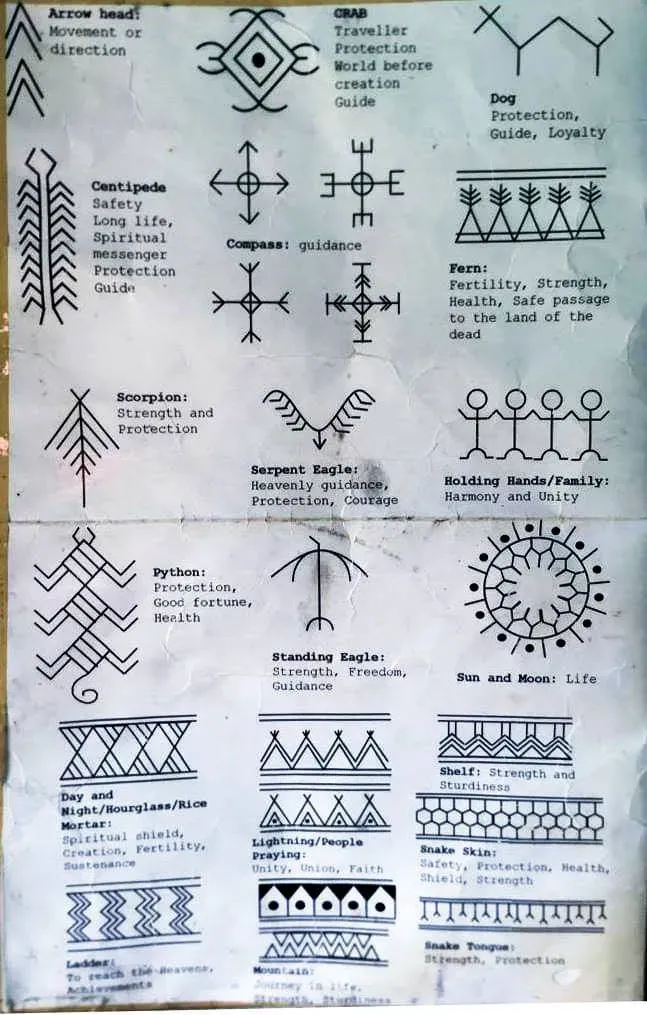
The Journey to Buscalan: More Than Just a Trip
Getting a whang od tattoo designs isn't like booking an appointment downtown. It's a journey, a real trek into the mountains of Kalinga. First, you've got hours on a bus from Manila or another major city heading north. Then, you usually transfer to a jeepney, bumping along winding, sometimes rough roads. Finally, you reach the jump-off point for Buscalan village. From there? It's a hike. Up steep paths, through rice terraces, for about 30-45 minutes depending on your fitness level. You'll likely need a local guide to show you the way and navigate the village. This isn't a luxury retreat; accommodations are basic homestays, and amenities are simple. The journey itself is part of the experience, a physical and mental preparation for meeting the artist and receiving a traditional mark.
The Waiting Game and The Inking Itself
Once you arrive in Buscalan, don't expect to walk right up and get inked, especially if you're hoping for Apo Whang Od herself. There's a waiting list, sometimes stretching for days, depending on the crowd. You put your name down and settle into village life. When it's your turn, you'll be guided to where the artists are working – often just outside their homes. If you're lucky enough to get a tattoo from Apo Whang Od, she usually does her signature three dots. Larger or more complex whang od tattoo designs are typically done by her grandnieces or other trained *mambabatok* in the village, keeping the tradition alive. The process is exactly as described earlier: dip, tap, tap, tap. It's rhythmic, it's manual, and you feel every single tap. It's not a quick session; patience is required, both in waiting and during the inking.
Thinking of making the trip?
- Factor in travel time: It's a long journey to Kalinga.
- Be prepared for basic accommodations and amenities.
- Bring cash; there are no ATMs in the village.
- Be respectful of local customs and the artists' time.
- Understand you might not get a tattoo directly from Apo Whang Od for larger designs.
The Lasting Legacy of Whang Od's Art
Getting a tattoo from Apo Whang Od, or one of her apprentices, isn't just about acquiring some cool ink. It's a direct connection to a lineage of artists stretching back centuries, a deliberate choice to carry forward a piece of Filipino history on your skin. These whang od tattoo designs are more than patterns; they're chapters of a cultural narrative, symbols of strength, heritage, and resilience etched into the landscape of Kalinga. While the journey to Buscalan requires effort and patience, the mark left behind is a tangible link to a tradition that refuses to fade, a sharp, enduring reminder of the power held in a single thorn and a skilled hand.